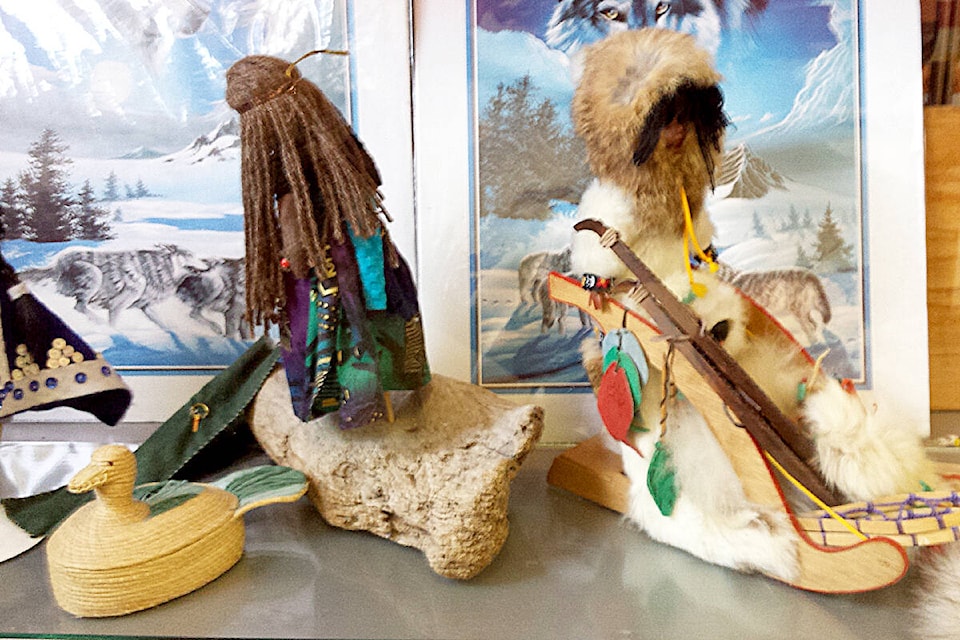The Inuit way of life continues to change. As we recognize the 17th International Inuit Day on Nov. 7, the landscape of Nunavut is literally and figuratively transforming.
“In my life, in my 50 years, I’ve seen big changes,” says Jimmy Akavak, chair of the Amaruq Hunters and Trappers Association in Iqaluit. “We’re getting outsiders from the south, which I welcome, and seeing more of a multi-cultural society.”
However, Inuit traditions are being affected not only by influxes of population, but by changes to the environment. Akavak also emphasizes that “hunting is very different to what it used to be. We can’t get to animals. I’m thinking of ice travel… areas that used to be safe have an earlier melt. I’ve seen changes where very knowledgeable hunters fall through the ice. Some get lucky and get pulled out, and some don’t make it. We’re using Ski-Doos [over ice] and a week later we’re boating. It’s unheard of.”
Akavak says that the hunters and trappers organizations in communities “act as kind of watchdogs” on both the cultural and environmental fronts. “We listen to what the Inuit want and push for the people. We have the right to be respected, as well as our animals, culture, and especially preserving our language. Inuit can conserve and keep their culture and learn at the same time. We look to the research process — we believe global warming is affecting us and our way of life. We always want to hear more from scientists while also using Inuit knowledge.”
This marriage of ongoing education and conservation is perhaps the predominant theme among the challenges ahead for Nunavummiut as temperatures continue to climb and English dominates commerce.
“It’s our way of life. You can’t live on education or work alone. You need a balancing act between the two worlds,” says Akavak.
Hunting, he says, has always been “very soothing for mind and soul” for Nunavummiut. “People keep active, enjoying life in general. Inuit people are very adaptable, but we’ll [have] to keep an eye out and hope we can keep our way of life.
“It’s hard now, you have to make money and speak English to succeed, and we’ll never get away from that. You have to travel south if you want to learn more, or see specialized doctors, and our Elders are moving away. We have the right to stay home. For us getting older, what do we face now in our future?”
This uncertainty about literally navigating new waters is at the crux of the changing question of what it means to be Inuit. It’s something to ponder on International Inuit Day, which the Inuit Circumpolar Council established in 2006.
